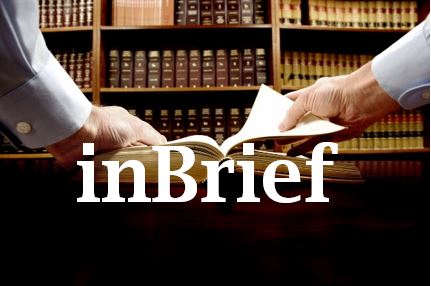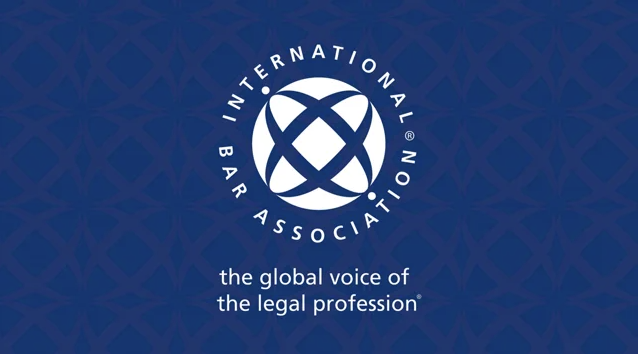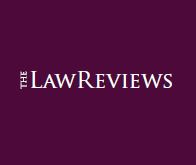In the past week, guidance has been provided by both the Ministry of Finance and the Federal Tax Authority (FTA) regarding deadlines for Corporate Tax registration.
The new deadlines have the potential to significantly reduce the time left for meeting the deadlines for Corporate Tax registration. For example, certain applicable taxable persons will be required to submit the Corporate Tax registration applications by 31 May 2024 in order to avoid a violation and the applicable penalties.
Previous guidance from the FTA stated that taxable persons would have until the due date of their first tax return to register. For example, if a taxable person had a financial year ending on 31 May 2023, they would have a registration period of 26 months available until 28 February 2025. Similarly, for taxable persons with a financial year ending on 31 December 2022, a registration period of 33 months would be available until 30 September 2025.
Federal Tax Authority Decision No 3 of 2024 (FTA Decision) was issued on 22 February 2024 mandating specific application deadlines to register for Corporate Tax applicable to both juridical and natural persons, that are either resident or non-resident persons, to be effective from 1 March 2024.
We emphasise that the deadlines are applicable for the submission of Corporate Tax registration applications, as distinguished from completion of the registration process and possession of a registration certificate.
The deadlines specified by the FTA Decision are determined by a combination of the month of issuance of the taxable person’s Trade License, whether a juridical person was incorporated prior to 1 March 2024, and the residency of the taxable person.
Tax Registration Deadlines of Resident Juridical Persons
A juridical person that is a Resident Person, incorporated or otherwise established or recognised prior to 1 March 2024, shall submit the Tax Registration application, in accordance with the following:
Date of License Issuance Irrespective of Year of Issuance | Deadline for submitting a Tax Registration application |
| |
1 February – 28/29 February | |
| |
| |
| |
| |
| |
| |
1 September – 30 September | |
| |
| |
Where a person does not have a License at the effective date of the FTA Decision | (3) three months from the effective date of the FTA Decision |
A juridical person, that is a Resident Person incorporated or otherwise established or recognised on or after 1 March 2024, shall submit the Tax Registration application, in accordance with the following:
Category of Juridical Persons | Deadline for submitting a Tax Registration application |
A person that is incorporated or otherwise established or recognized under the applicable legislation in the UAE, including a Free Zone Person | (3) three months from the date of incorporation, establishment or recognition |
A person that is incorporated or otherwise established or recognized under the applicable legislation of a foreign jurisdiction that is effectively managed and controlled in the UAE | (3) three months from the end of the Financial Year of the person |
Tax Registration Deadlines of Non-Resident Juridical Persons
A juridical person, that is a Non-Resident Person prior to 1 March 2024, shall submit a Tax Registration application in accordance with the following:
Category of Juridical Persons | Deadline for submitting a Tax Registration application |
A person that has a Permanent Establishment in the UAE | (9) nine months from the date of existence of the Permanent Establishment |
A person that has a nexus in the UAE | (3) three months from the effective date of the FTA Decision |
A juridical person, that is a Non-Resident Person on or after 1 March 2024, shall submit a Tax Registration application in accordance with the following:
Category of Juridical Persons | Deadline for submitting a Tax Registration application |
A person that has a Permanent Establishment in the UAE | (6) six months from the date of existence of the Permanent Establishment |
A person that has a nexus in the UAE | (3) three months from the effective date of the FTA Decision |
Tax Registration Deadlines of Natural Persons
A natural person conducting a Business or Business Activity in the UAE shall submit a Tax Registration application in accordance with the following:
Category of Natural Persons | Deadline for submitting a Tax Registration application |
A Resident Person who is conducting a Business or Business Activity during the 2024 Gregorian calendar year or subsequent years whose total turnover derived in a Gregorian calendar year exceeds the threshold specified in the relevant tax legislation | 31 March of the subsequent Gregorian calendar year |
A Non-Resident Person who is conducting a Business or Business Activity during the 2024 Gregorian calendar year or subsequent years whose total turnover derived in a Gregorian calendar year exceeds the threshold specified in the relevant tax legislation | (3) months from the date of meeting the requirements of being subject to tax |
Penalties for Non-Compliance
On 27 February 2024, the Ministry of Finance issued Cabinet Decision No 10 of 2024 (amending the schedule of violations and administrative penalties of Cabinet Decision No 75 of 2023) that specifies that an administrative penalty of AED 10,000 will be imposed for failure to meet the deadlines provided for the submission of a tax registration application.
Points for Consideration
We suggest that you review and understand the registration timelines, and commence any necessary action to ensure compliance. Furthermore, Corporate Tax registration will now form part of any new corporate establishment process as, unlike VAT registration for which certain thresholds are required to be met, resident juridical entities will have only three months from the date of incorporation, establishment or recognition to submit an application for their Corporate Tax registration. ■








